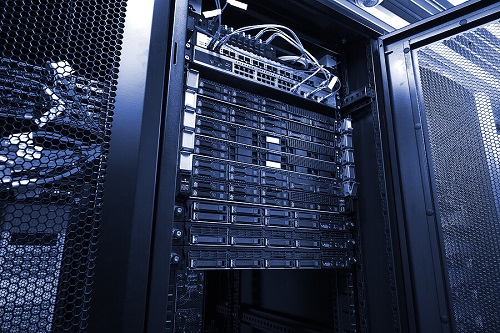
Hard disks in a RAID system do fail due to a couple of reasons that may include malware attack, unstable power, among others. When the drives fail, the only option you are left with is to rebuild the RAID system. However, during the process of rebuilding the RAID system, it is still possible to lose more data. So, you need to be extra careful while rebuilding your RAID system.
Here are some of the tips that you can use to avoid losing any data while rebuilding your RAID system.
- Know when to schedule a rebuild for your RAID system
For a RAID system to totally fail, the number of disks that have to fail in the entire array should be more than its hard disk fault tolerance. RAID systems that have a disk fault tolerance of 1 should always be rebuilt as soon as one disk fails.
- Check if the news disk and RAID controllers are working well
Before you start doing the rebuild, you should, first of all, verify that the new disks you are going to fix and the controllers are all working fine to avoid further problems along the way.
- Create an image for the new drives before rebuilding
Before you rebuild the RAID system, you need to make sure the drives that you’re going to put in the array are backed up. This will ensure data security and also saving all the settings information of the drives
- Restore the backups to a different volume
When recovering the backups make sure you retrieve them to a different volume
- Don’t delete any files before the whole process is completed
During the process of raid data recovery, you might be tempted to delete some files especially if you don’t have enough space. Even if you can recover the deleted files again, there are chances that some of the files may not be recovered. So, make sure you don’t delete anything before the entire process is complete.
- Make sure the backups are fine
Before you get started rebuilding your RAID system, you need to make sure the backups that you are going to restore the lost data from are all working fine.
- Avoid using Windows tools like CHKDSK
This tool is one of those that is useful while repairing corrupt partition tables. However, the negative side about this tool is it can overwrite some files that may end up being lost completely
- Use the data recovery software carefully
While recovering data, make sure you understand how the particular software you intend to use works to avoid cases of some files being overwritten during recovery. Different data recovery tools have different ways of handling the data recovery process. So, make sure you understand the one you’re going to use
- Don’t run any programs or create new files during the RAD rebuild process
Running programs and creating new files may overwrite some data that you intend to recover
- Use a data recovery expert if you can
To avoid the risk of making bad decisions because of a lack of experience, you may have to use an expert to help you out with the whole RAID rebuilding process.